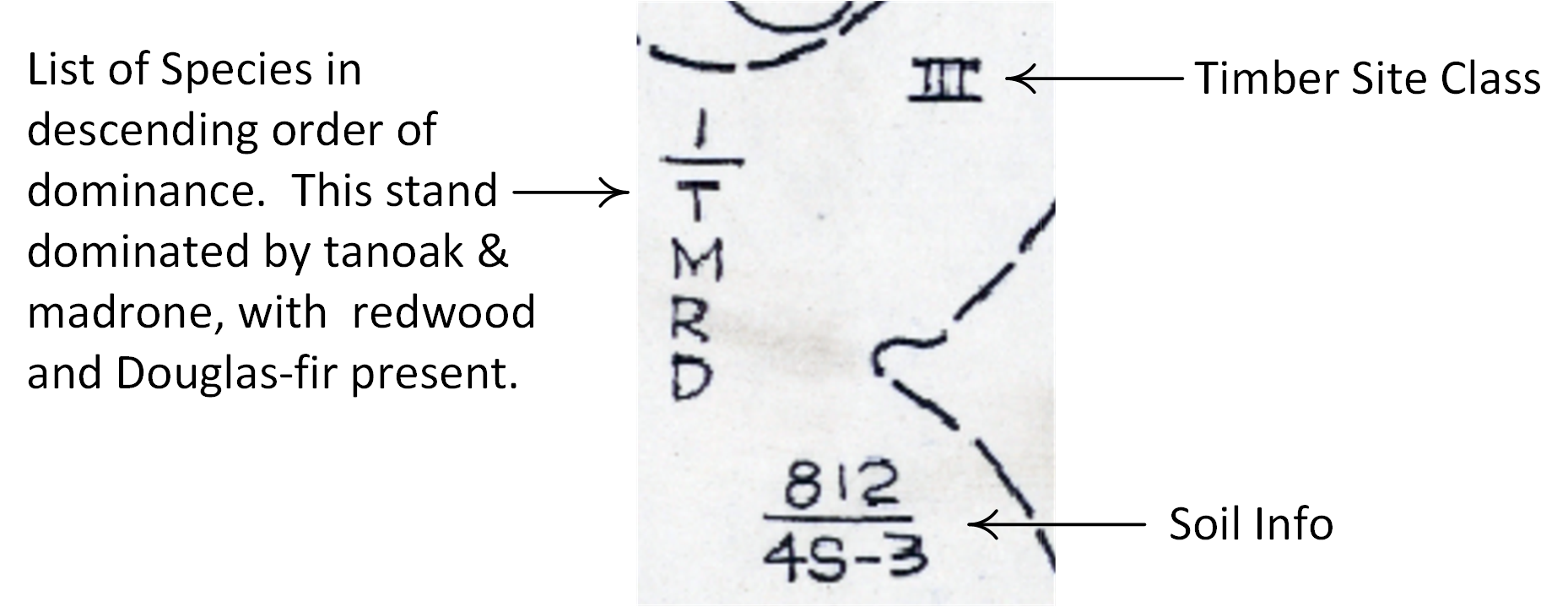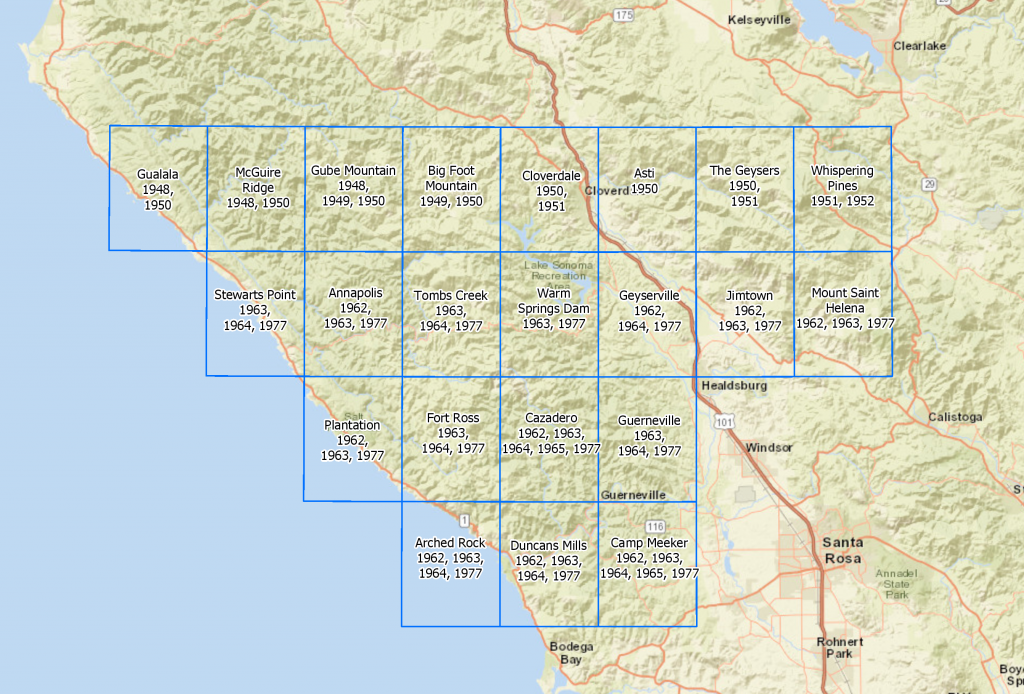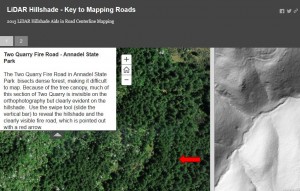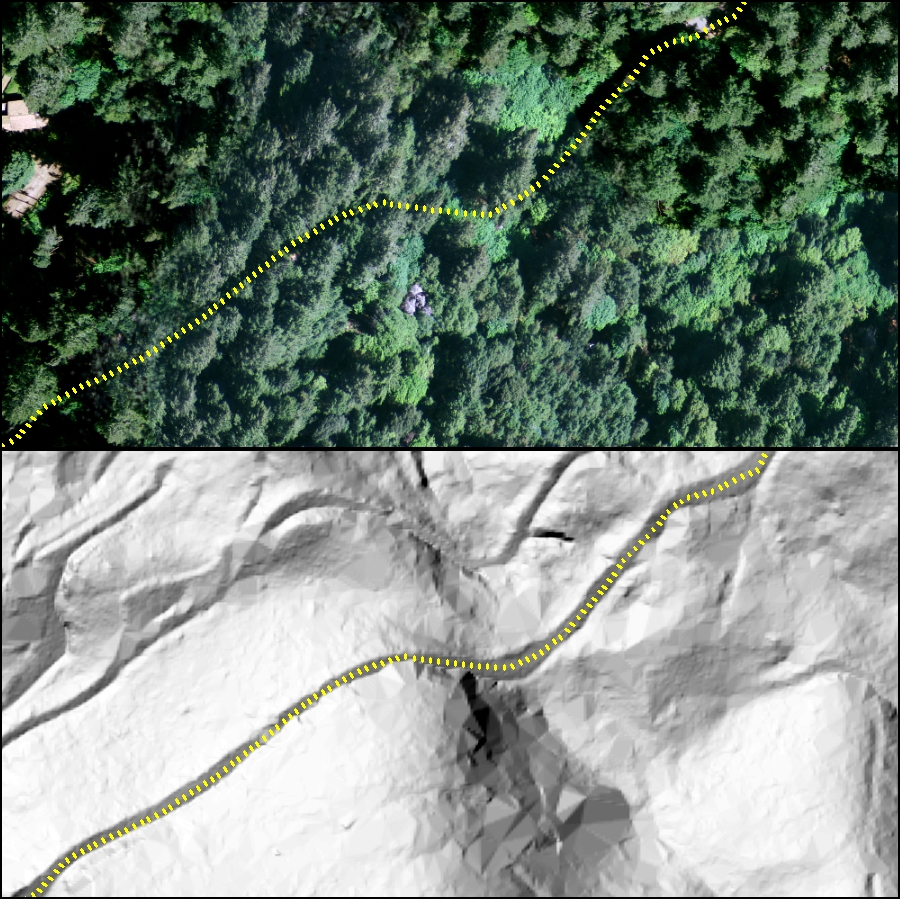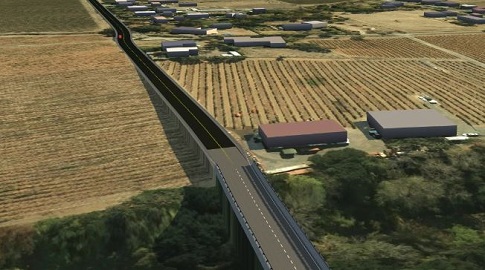Since the fires burned, we have been working on curating spatial data related to the fires. We are providing a roundup of post-fire datasets, articles, and resources to aid in fire response, assessment, and study. This work is part of an integrated watershed effort led by the Ag and Open and Space District in collaboration with the Sonoma County Water Agency, the Sonoma County Information Systems Department, NOAA, the Regional Water Board, Sonoma RCD, and a multitude of land managers and conservation groups.
See the data downloads page and look for '2017 fire data products' for links to post-fire imagery, canopy damage maps, and ladder fuel products.
Soil Burn Severity Data
Soil burn severity data was produced by the United States Forest Service for the Nuns and Tubbs fires. These data were produced in a two step process that included satellite image analysis of Worldview, Sentinel, and Spot data followed by field validation. We will monitor agency web sites and update links and services as needed.
Soil Burn Severity 4-Pane Viewer
Soil Burn Severity Service
Soil Burn Severity Spatial Data & Maps (from CA Department of Conservation)
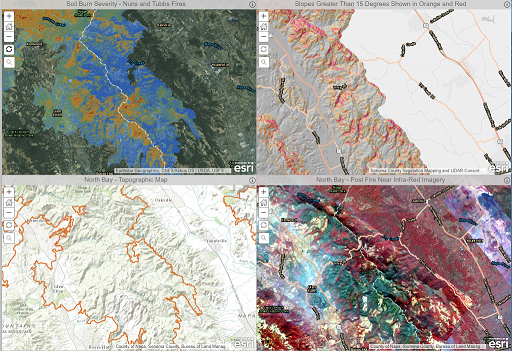
Soil Burn Severity 4-Panel Viewer
Debris Flow Likelihood Data
Debris flow likelihood data was produced by USGS. The USGS approach uses empirical models that estimate likehood and volume of post-fire debris flows. The models are based on "historical debris-flow occurrence and magnitude data, rainfall storm conditions, terrain and soils information, and burn severity data" (more on methods here). We have published some of the data as services - specifically the likelihood of landslides (by stream segment and by basin) after a 6mm, 15-minute rainfall event. We will monitor the USGS web site and update links and services as needed.
Landslide Likelihood 4-Pane Viewer
Landslide Likelihood Feature Service (Basins)
Landslide Likelihood Feature Service (Stream Segments)
Landslide Likelihood Data Download (download the full suite of debris-flow probability and volume data from USGS)
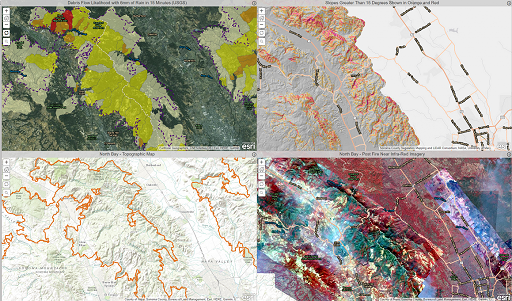
Debris Flow Likelihood 4-Panel Viewer
Fire History
The State of California (Calfire) maintains current and historic spatial data for California wildfires. The spatial data, which contains perimeters of fires going back to the 1800s, is distributed and maintained by Calfire's Fire and Resource Assessment Program (FRAP). The layer contains fire perimeters as polygons, along with associated information including fire name, start date, date of containment, cause of the fire, and more. Calfire's spatial dataset is publicly available here.
Using Calfire's data, the Sonoma Land Trust developed a web mapping application that illustrates the history of fire in the region since the middle of the last century. The tool lets you 'slide through time' to view fire activity. The application also includes the perimeters of the Tubbs, Nunns, and Pocket fires.
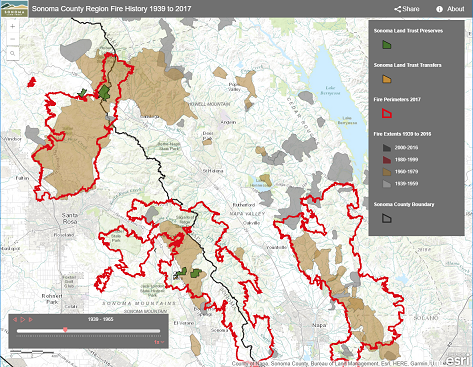
Sonoma Land Trust's Fire History Web Mapping Application
Imagery
Use the links below to access fire-related image datasets. Note that burned areas and living vegetation are most easily visible in color infrared (CIR) imagery.
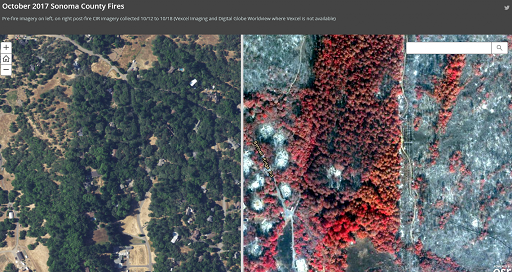
Viewer to Compare Pre and Post Fire Imagery
Watershed Emergency Response Team Reports (WERTS)
CalFire published WERTs for each North Bay fire in November 2017. These reports provide an overview of the fire and context about burned area geology, soil, and hydrology. The WERTs focus on burned areas especially at risk of post-fire debris flows and erosion. Download the WERTs at the links below:
[table "" not found /]
Other Fire GIS Data Resources






